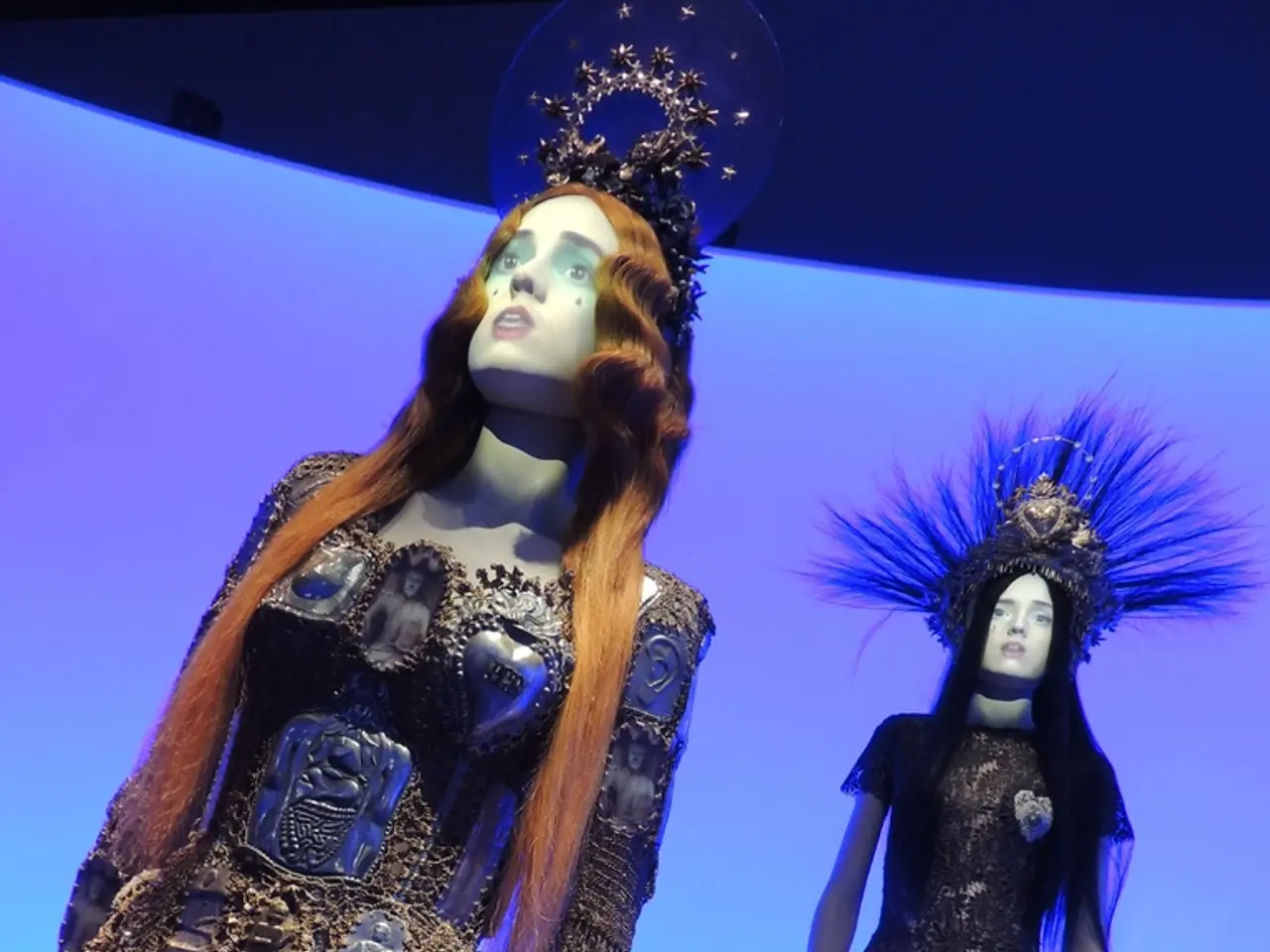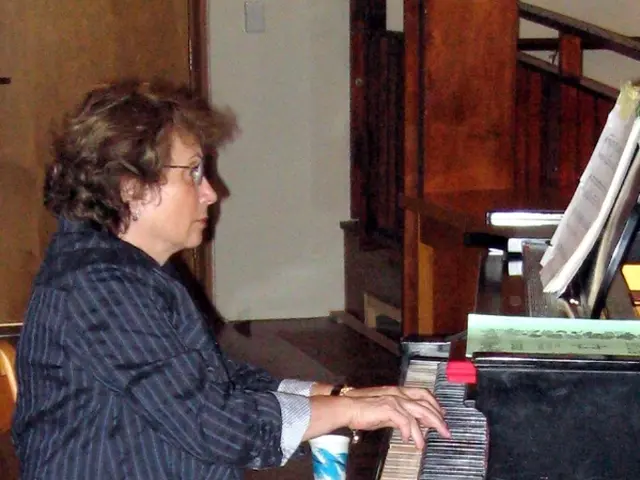Exploring New Frontiers: The Emerging Landscape of Non-traditional Prosthetic Devices
**Revolutionizing Prosthetics: The Rise of Alternative Designs**
The world of prosthetics is undergoing a transformation, with innovative and personalized designs taking centre stage as technology advances and the inclusivity movement gains momentum. This shift is not just about replacing lost limbs, but about empowering individuals and celebrating their unique identities.
For thousands of years, the desire to augment and enhance the human body has been a constant, with evidence of prosthetic limbs found in ancient civilizations like Egypt and Rome. Today, this desire is being rekindled, as the focus shifts from lifelike replacements to tools for self-expression and empowerment.
The alternative prosthetics movement encourages designs that celebrate individuality and reject societal norms. It champions diversity, individuality, and self-expression in prosthetic design, addressing the long-standing issue of traditional prosthetics often lacking diversity in skin tone options and standardized sizes, creating a sense of disconnect for people of colour.
Designers like Dani Clode, Viktoria Modesta, and Nicholas Harrier are pushing the boundaries of what's possible in prosthetic design, promoting inclusivity and self-expression. Examples of alternative prosthetic designs include third thumbs, running blades, artistic prosthetics, custom covers, and more.
Technological advancements are driving this revolution. Robotics and AI integration, neuroprosthetics, and 3D printing are all playing a significant role in creating more personalized prosthetics tailored to individual anatomies. Robotic-assisted surgeries are enhancing precision and efficiency, while cognitive prosthetics are moving towards personalized support systems, incorporating AI and IoT to provide tailored interventions.
However, realizing the full potential of the field requires addressing systemic barriers such as medical device reform, expanding insurance coverage, and financial assistance. Improving access to alternative prosthetics is crucial to ensure everyone who can benefit from prosthetics has the opportunity to do so.
The disability rights movement of the 20th century played a significant role in challenging perceptions of disability and advocating for greater inclusion and acceptance. This legacy continues today, as the alternative prosthetics movement seeks to redefine what it means to live with a disability, focusing on empowerment, self-expression, and individuality.
Despite these advancements, several challenges persist. High costs associated with advanced prosthetic technologies can limit access to these innovations for many individuals, particularly in developing regions. The integration of AI, robotics, and IoT requires sophisticated infrastructure and expertise, which can be challenging to implement uniformly across different settings. Ensuring that these technologies meet rigorous safety and efficacy standards can be a barrier to rapid innovation and adoption. There is also a need for increased awareness and acceptance of these technologies among potential users and healthcare providers to foster broader adoption.
Addressing these challenges will be crucial for the continued growth and accessibility of alternative prosthetic technologies. The future of prosthetics is expected to see more innovative and personalized designs due to technological advancements and the growing inclusivity movement.
- The rise of artificial intelligence and technology have opened new avenues for the medical-conditions community, particularly in health-and-wellness, therapies-and-treatments, and personal-growth sectors.
- As technology advances, the future of educational-and-self-development and career-development opportunities is closely intertwined with the realm of AI and books.
- The growing inclusivity movement is reflected not only in the prosthetic industry but also in fashion-and-beauty, where diverse models and designs are celebrated.
- Artificial intelligence and technology have made strides in entertainment, with celebrities using social-media platforms to share their personal-growth journeys and insights into pop-culture topics.
- In the sports world, technology is revolutionizing sports-betting, offering AI-driven predictions and insights to improve the gaming experience.
- The technological integration in health-and-wellness has also expanded productivity and efficiency in the lifestyle sector, making fitness and wellness more accessible and personalized.
- The advancements in robotics, AI, and 3D printing have opened doors to create more sophisticated and customized prosthetic designs, bridging the gap between fashion and functionality.
- As technology evolves, AI can contribute significantly to the art community by automating certain tasks, allowing artists to explore new mediums and expressions.
- The alternative prosthetics movement is using technology to challenge societal norms and integrate prosthetics into everyday lifestyle, blurring the lines between technology and fashion.
- Beyond the medical applications, the potential uses of AI and technology in the fashion-and-beauty industry are limitless, with innovations such as smart garments and personalized cosmetics.
- With the continuous fusion of AI, technology, and societal norms, we can expect to see unprecedented transformations in various industries, from healthcare to art, entertainment, and even sports.




